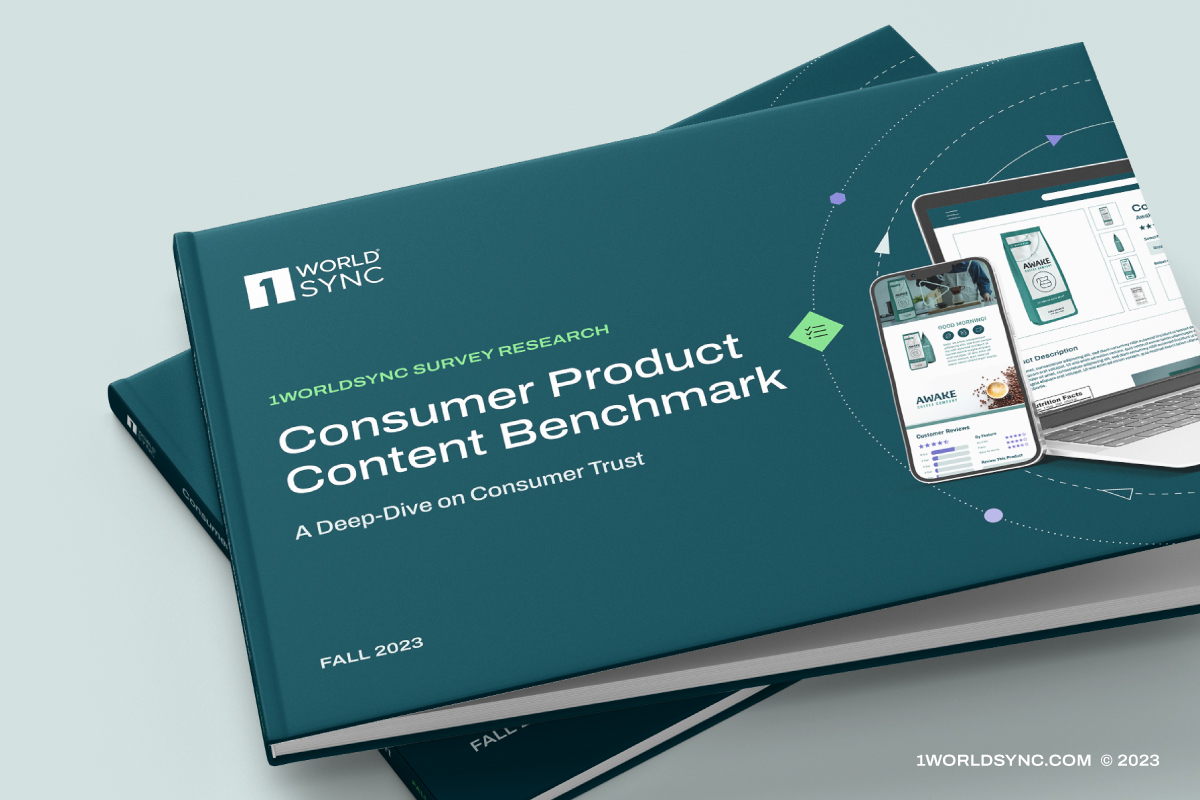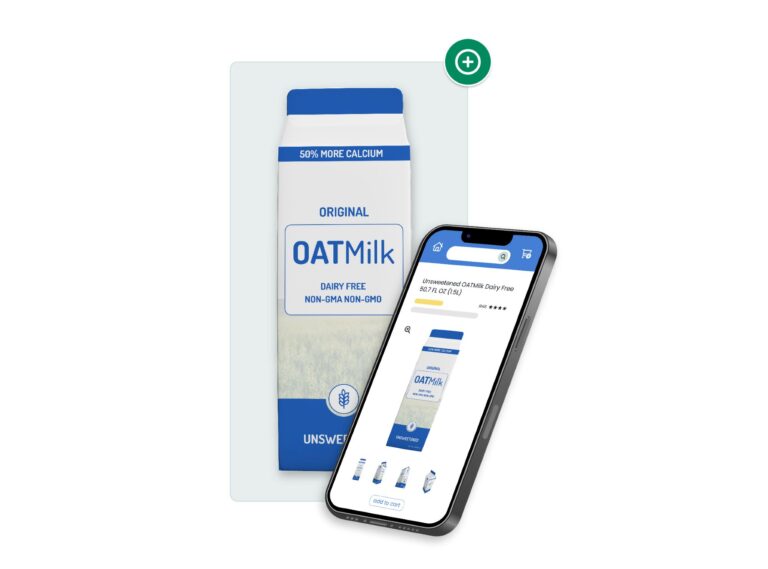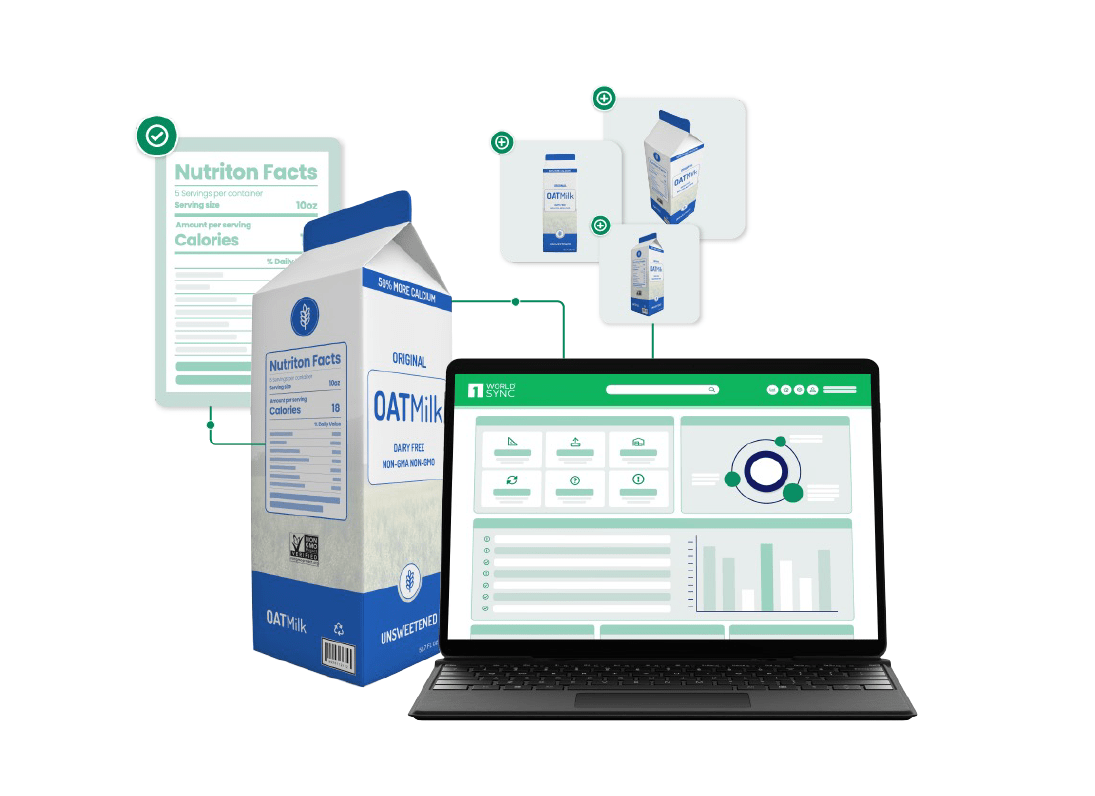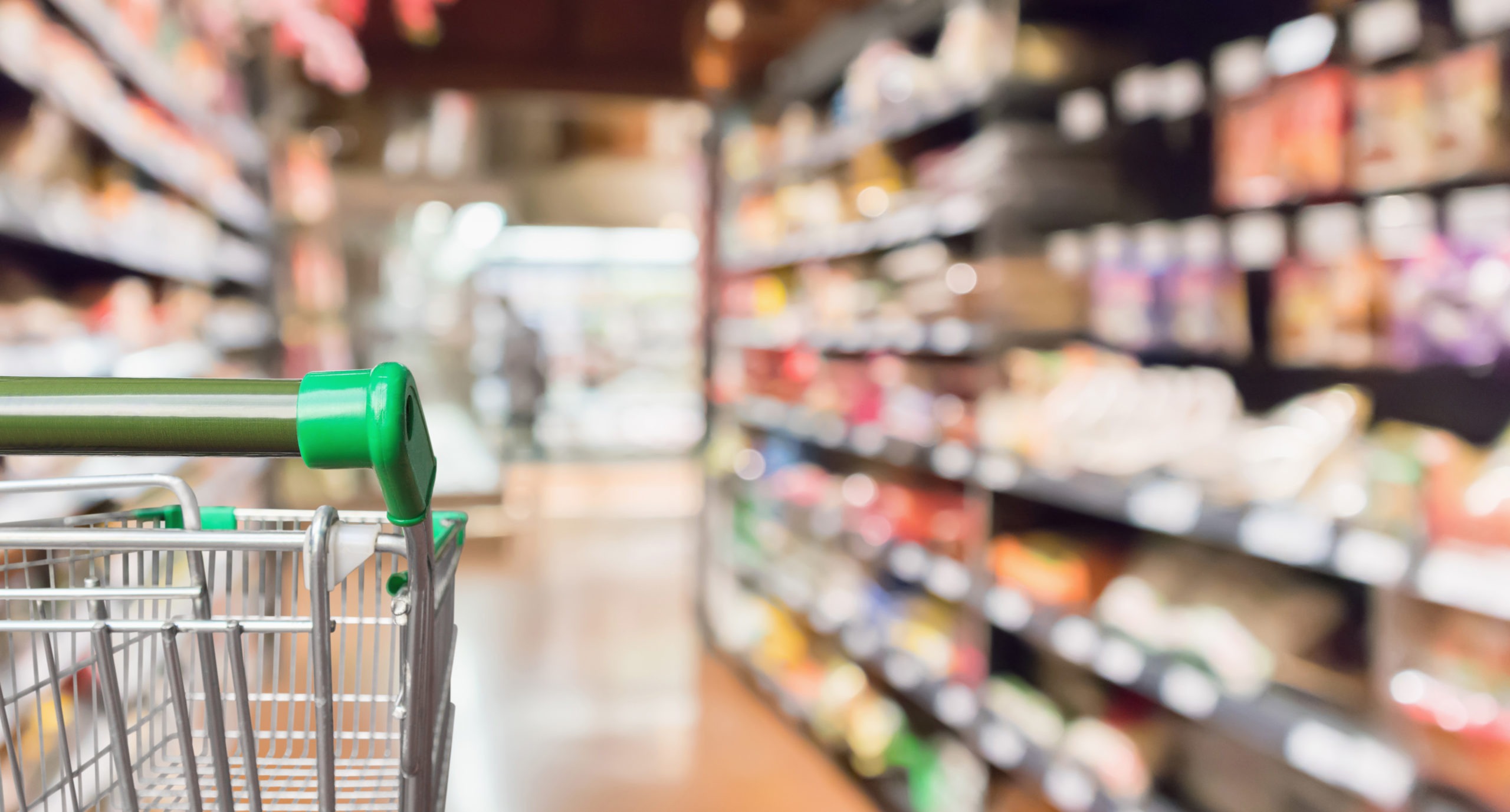E-commerce marketers manage products across multiple channels while maintaining an accurate, up-to-date data source to capitalize on the ever-expanding digital retail space. Your digital shelf is where this all takes place.
This article explores why you need a digital shelf strategy and what you can do to take steps toward digital shelf maturity starting now.
Consumers Find Your Brand through Your Digital Shelf
Having a digital presence is not enough in today’s e-commerce market. You must be a prominent player if you want to win the digital shelf.
People do most of their shopping online. 1WorldSync research found that post-pandemic, nine out of ten shoppers won’t exclusively return to brick-and-mortar stores for items they previously bought in person. Thirty-eight percent of those shoppers will exclusively or primarily shop for those items online.
What began as a pandemic necessity has shifted into permanent shopping habits for most consumers.
When an individual begins their unique buyer’s journey, they typically go one of two places: directly to the retailer’s site or Google’s search bar. When they type a product or description into Search, Google will provide a range of product results even if the user has typed a specific brand name. Your digital shelf strategy allows you to make your product pages easily discoverable by consumers, even if they’re not looking for your particular product or brand.
Easily discoverable product pages are essential for you to engage with consumers at every stage of their shopping journey. If you can draw individuals to your site, you can then engage them with rich product data that drives them toward purchase.
Shoppers Learn about Your Products through The Digital Shelf
In a brick-and-mortar store, people can evaluate products, compare them against other available options, and consult with store associates. And in some cases, they’ll do this across multiple stores until they find the product that will best meet their needs.
However, now visiting brick-and-mortar stores accounts for just a fraction of the modern-day shopping experience. Today, the digital shelf is the primary means by which shoppers learn about your products.
Consumers have greater access to product data now than ever before. With the ability to research endless lists of products, comparing prices, features, specs, and reviews, buyers now expect online product data at the touch of their screens.
The digital shelf provides shoppers with a never-ending, ever-changing inventory of options. Unlike traditional retail settings, the digital shelf is always open, and consumers take advantage of this 24/7 accessibility. For this reason, brands must create, optimize, and continuously evaluate their digital shelf strategy.
Product content is a primary driver of any successful digital shelf strategy. According to 1WorldSync research, 81 percent of shoppers believe quality product content is more important than brand recognition when shopping online.
Because your shoppers don’t have the in-person shopping experience, you must recreate that experience as best you can. Rich product content makes that possible.
The following product data components provide consumers with the information they need –– and often demand –– before making a purchase:
- Quality product imagery
- Detailed product descriptions
- Product specs and dimensions
And those are just the basics. By implementing advanced rich content like AR, 360-degree spin imagery, and even 3D rendered product imagery, you give shoppers the product information they need to learn about your product and move toward a favorable purchase decision.
As we’ve discussed, your digital shelf is essential for effective e-commerce marketing. But consumers rely on the digital shelf when shopping in person as well.
1WorldSync’s consumer research found that 80 percent of shoppers use mobile devices to research goods in-store. These individuals conduct in-store research 60 percent of the time. Your digital shelf is informing and engaging even when your customers shop in a brick-and-mortar setting.
Shoppers Buy via Your Digital Shelf
Shoppers spent roughly $767.7 billion on their online purchases in 2021. That number jumped to $875.2 in 2022. And according to market forecasting by Statista, online shopping revenue in the U.S. will exceed $1.3 trillion by 2025.
Bottom line: people shop online. Your digital shelf strategy will determine how effectively your brand can draw those shoppers to your site and persuade them to buy.
When shopping online, most people take one of two routes: shopping through the brand’s site or buying from a retailer. Regardless of the consumer’s path, your digital shelf strategy is crucial in earning the sale.
One of the benefits of an optimized digital shelf presence is that your products are more easily accessible than ever. By working toward digital shelf maturity, you take active steps to increase the likelihood that shoppers will find your products, regardless of where they’re listed, and that those shoppers will be inclined to make a purchase.
Expanding your content into new markets can put your brand in front of a wider audience. Once you’ve earned real estate on their screens, it’s up to you to keep them engaged with content that compels them to buy.
The need for your products is there. People flock online every day looking for the solutions you provide. Through a carefully curated and executed digital shelf strategy, you make those shoppers aware of your products and position your brand in an attractive light.
Optimizing Your Digital Shelf Strategy to Win the Market
Your digital shelf should provide a better experience than that of your competition. Brand recognition and quality products can only take you so far. The brands that bring in the most traffic –– and revenue –– are those that prioritize their digital shelves.
Winning your market comes within reach only if you optimize your digital shelf strategy. We’ve listed the most crucial components of an optimized digital shelf below:
A Central Source of Data
Content syndication across channels allows you to provide consistent, accurate data to consumers. And when you sell your products through multiple retailers, it’s crucial you establish a single source of truth where you can instantly and seamlessly edit product content.
Activated and Enhanced Product Content
As discussed above, your content sells your products. Quality, innovative product content gives you a competitive edge and compels users to purchase your goods.
Expansion into New Markets
Unlike brick-and-mortar stores, your digital shelf allows you to tap into a national or global market. E-commerce has no limits. An optimized digital shelf empowers you to expand your reach to any consumer, no matter where they are.
Designed for Agility
Retailers want and need specifics from brands that list on their sites. Your digital shelf strategy should include embedded agility that allows you to make content changes easily.
Built to Scale
If growth is your goal –– and it likely is –– then you need to build a digital shelf strategy with expansion in mind. Optimizing for scalability allows you to win market share and move toward digital shelf maturity.
Conclusion
Your digital shelf strategy maintains digital momentum and retains your sales growth. If you take one thing away from this article, let it be this: In today’s market, you must have a digital shelf strategy and invest in optimizing it for your buyers.
1WorldSync knows the necessity of a digital shelf and its role in your success. We offer you the tools, resources, and support you need to create a digital shelf strategy that drives your brand to the top.
Reach out today to learn how 1WorldSync provides the solutions you need to build and optimize your digital shelf strategy.






